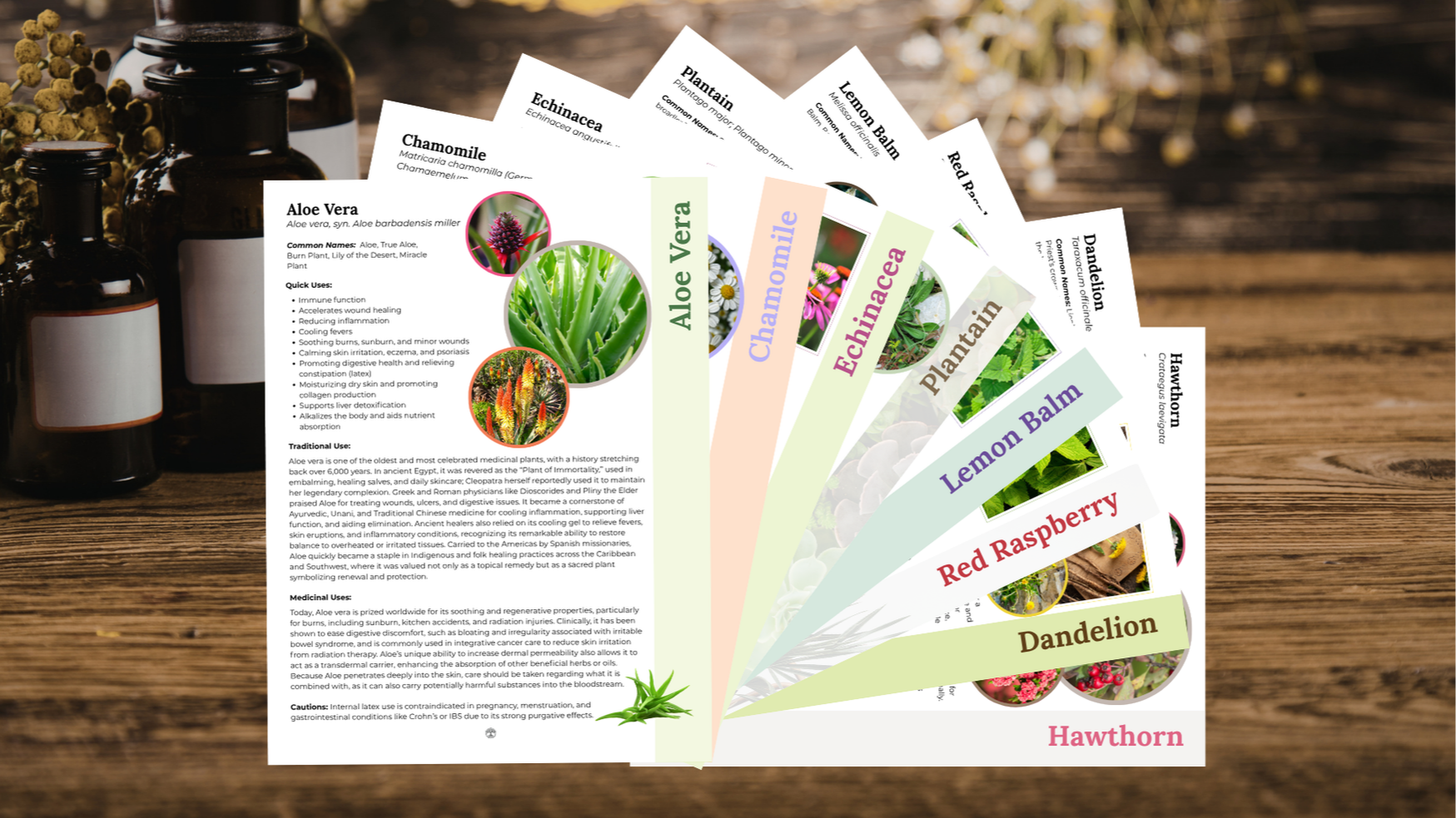Mint Condition
Jun 15, 2023Want to keep your digestion and mint, in mint condition?
No Green Thumb Necessary
Mint is one of the easiest herbs to grow! If you don't think you have a green thumb, start with mint - it will boost your gardening confidence. I planted mint three or four years ago and it has returned every year, happier than ever. The first rule of thumb when planting any mint is to put it only where you want it to take over, because it will. It spreads by sending out underground runners and will pop up anywhere it's moist. The wise gardener would confine mint to a pot of its very own. If you plant multiple kinds of mint in the same pot they will likely exchange flavors and become a hybrid of both. Mint needs its own space if you want to keep varieties and flavors pure.
Knowing Your Mint
You can smell the loveliest scent on your hands after you rub a leaf between your fingers. This is because mint contains volatile oils. Several years ago I came across an herbal tea product called chocolate mint. I was so confused! How could chocolate be part of any herbal tea? Wouldn't it be more like chocolate milk? I was stunned to discover a variety of mint called chocolate mint. And that there are many other varieties of mint including: orange mint, strawberry mint, banana mint, pineapple mint, grapefruit mint, ginger mint, apple mint! There are literally hundreds of varieties of mint. The most well-known and common mints being peppermint and spearmint.
Mint has a very long history of culinary and medicinal use in almost every known society on earth. Babylon, Greece, Native Americans, Chinese, Egyptians, Europeans, Icelandians. It's even mentioned in the Bible! Many of these cultures used mint for the same medicinal purposes. It was and still is well-known as a digestive aid. Mint is a tonic for the stomach. It helps stimulate digestive fluids and decrease gas and nausea as well as soothe spasms.
Harvesting
Mint is an easy herb to harvest and dry. Cutting mint back encourages more growth. I usually harvest mint three or four times before the heat of the summer sun beats it back and makes it unhappy. In cooler locations you may harvest it only once or twice during the growing season. Because mint has volatile oils that release in water, rinsing it is typically not recommended. But, one year I discovered cute little green worms harvesting my mint with their tiny little mouths. So, now I do a quick rinse before arranging my mint on a drying rack. If the cold water bath doesn't uninvite them to the drying party, the centrifugal force of the salad spinner should. To keep these little critters at bay I now sprinkle my garden with diatomaceous earth. This white powdery substance is safe for humans both externally and integrally, but sharp and abrasive on insects and causes them to dry out and die.
I arrange cuttings on a drying rack, making sure to give plenty of space for air to circulate. I never hang my herbs to dry outside where the sun and critters can damage them. The garage is out of the way, yet the air is still clean and free of bugs. Once the herb is dry enough to crumble I take it inside for garbling. This is just the herbalist way of saying I remove the non-useful parts from the useful parts. With mint, I remove the leaves from the stems. Keep the leaves - remove the stems.
Infused and Enlivened
Mint is such a friendly herb. Everything about her is inviting and soothing and invigorating all a the same time. When I make herbal infusions, more often than not I add a little mint to the mix. She just seems to help all the other herbs work better together. And the taste is rather pleasant too. Because mint is a fragile herb, she shouldn't be boiled. Just pour boiling water over her and let her infuse for about 15 minutes. And because she contains volatile oils it is wise to cover your infusion while it steeps so these oils don't escape. These volatile oils help open the airways as a natural decongestant and ease cold symptoms.
To keep dried herbs in "mint" condition, make sure to store them in airtight containers away from heat or light. Growing and harvesting your own herbs means you know their quality and freshness.
Kristi Taylor is a Master Herbalist, Clinical Herbalist and Natural healing Guide®. She endeavors to share her knowledge and passion of natural healing with whomever will listen – because nature’s wisdom never ceases to delight and amaze!
Young Living Essential Oils. "History of Peppermint". < https://www.youngliving.com/en_EU/discover/history-of-essential-oils/history-of-peppermint >
Silva H. A Descriptive Overview of the Medical Uses Given to Mentha Aromatic Herbs throughout History. Biology (Basel). 2020 Dec 21;9(12):484. doi: 10.3390/biology9120484. PMID: 33371310; PMCID: PMC7767097. < https://www.ncbi.nlm.nih.gov/pmc/articles/PMC7767097/>
Ritchason, Jack. The Little Herb Encyclopedia. (Woodland Publishing, UT: 2015)



